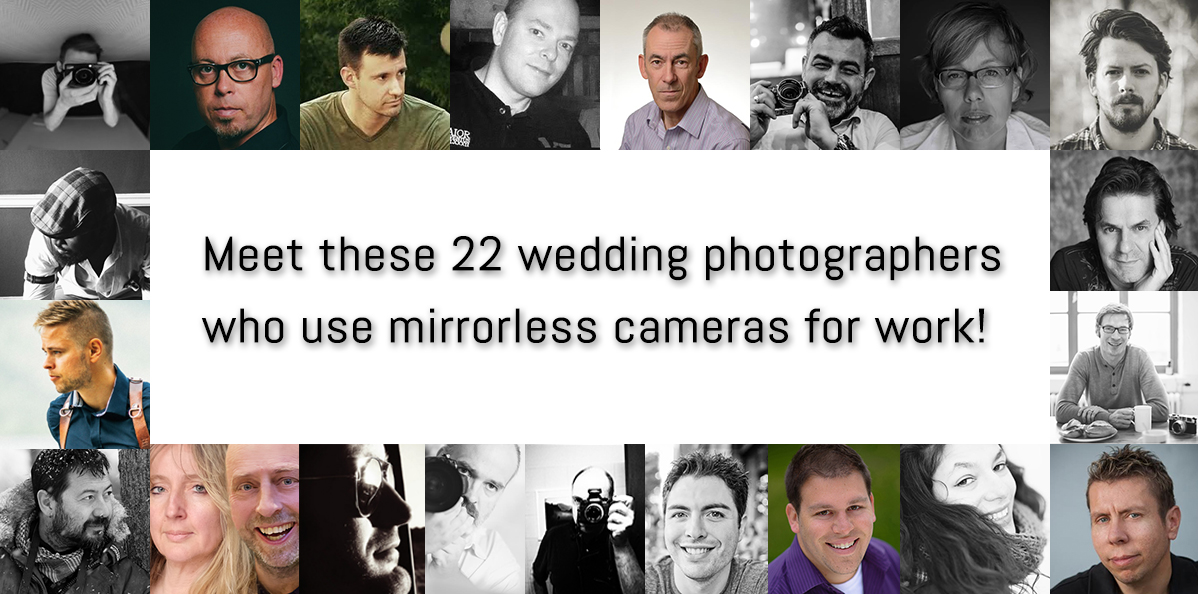With perhaps the exception of street photography, the one genre where mirrorless cameras seem to be taking hold more than any other is wedding photography. You’ll know that the reasoning for this is fairly logical is you’ve ever shot a wedding yourself. Spending up to 14 hours on your feet until the wee hours of the morning chasing down the bride and groom and taking group photos, all the while searching for those perfect fleeting moments between guests–it can be wearing, especially if you are carrying around kilos-worth of gear. And if you consider that some wedding photographers work almost every weekend during the spring and summer months, it is no surprise that many are looking for lighter alternatives.
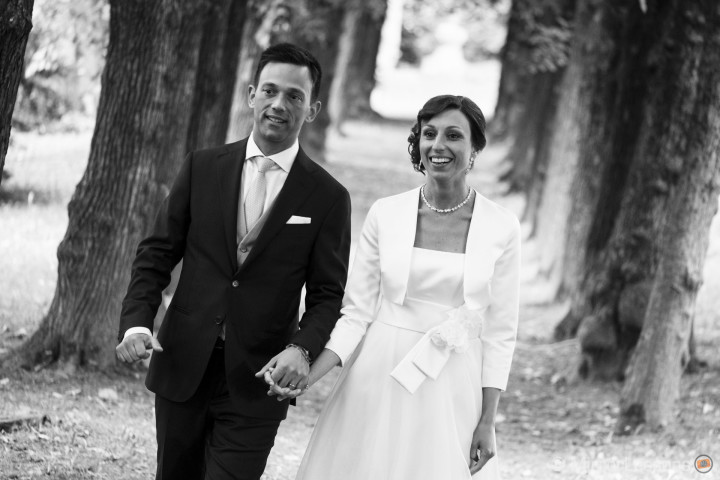
If you are a wedding photographer who is tempted by the idea of a lighter solutions such as a mirrorless camera, you will be glad to discover that you are not alone. In this article, you will meet 22 working wedding photographers who have either switched over to a mirrorless system entirely, or use one in conjunction with another system. All you have to do is observe their work to know that you don’t necessarily need a DSLR to obtain the images you and your clients desire.
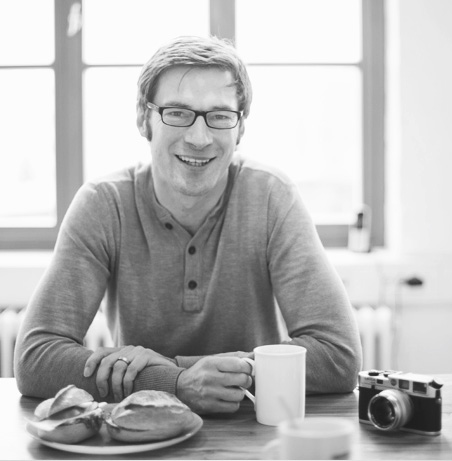
Alexander Hahn – Olympus OM-D E-M1
In times when every second guest at a wedding is carrying a Canon/Nikon DSLR, it’s so good to have an unobtrusive camera like the OM-D. My aspiration is to maintain a low profile during weddings. I’m only a guest. The compact body design of the Olympus OM-D E-M1 helps a lot. I am able to work more “behind the scenes” than as “the wedding photographer”. Working this way is the most important thing to capture real emotion in my pictures. I really like the performance of the camera but what I like most is carrying around less gear for 12 to 14 hours at a wedding. Also, the design of the OM-D is stunning as I used to shoot a lot of film too and it reminds me of that awesome Olympus OM. When I’m not a wedding photographer, I am a 43 year old father of 3-year old twins with a passion for film photography and soccer. I was also recently featured as an Olympus Visionary.
Follow him on Twitter, Facebook and Instagram!
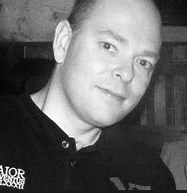
Phil Drinkwater – Fujfilm X-T1
I had been looking into the ability of mirrorless cameras for a few years but hadn’t been happy with two key components: a quick and detailed EVF plus sensor quality at high ISO. Then the Fujifilm X-T1 came out and I found that the little Fuji had a pleasing ability to produce pretty much what my DSLR could, but without the weight; this is a key consideration for a 12 hour wedding day! If I’m fresher, I’ll produce better work.
I find the Fuji makes me more creative too; it’s something to do with seeing the final image in the EVF I think – seeing the light blooming through the window as the bride is having her makeup is done really helps you get excited about the shot; you just don’t get that with an optical viewfinder. The tilt swivel screen is great for shots of shoes being put on too. Lens wise, the 56mm 1.2 is incredible for romantic couple portraits and manages to create an exceptionally sharp image while separating the couple from the background. Finally, it’s a much less intrusive camera and I can be a little bit more like a guest while I take candid photos of people, leading to them relaxing more.
I don’t use the Fuji for everything yet, but I have introduced it into my wedding days. If the X-T2 solves a few of the focus quirks and comes with dual card slots, I’ll gladly switch over completely. I believe Fuji will make a massive dent in this market as more and more wedding photographers try them.
Follow him on Twitter, Facebook and Pinterest!
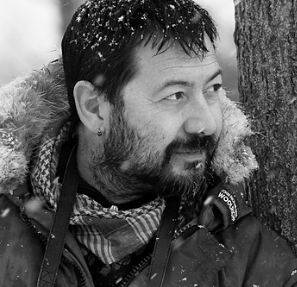
Fabio Camandona – Fujifilm X-E2
I’m a wedding photographer and member of the Camandona Pilolla Studio who is tired of uselessly carrying around 7-8 kilograms of gear.
I used to work with two reflex cameras, two lenses and a flash for emergencies (I usually shoot in natural light or with remote flashes but every now and then, when I’m in a rush, a hot-shoe flash can be useful.)
We do a lot of weddings, and most last at least twelve hours. By the eighth hour with my DSLRs, my shoulders would be killing me. Then, halfway through the last year’s season, I experienced an inflammation in my back and meniscus–I was fed up and tired of it all.
I had been watching the mirrorless world for two to three years by that point, and when I saw the Fujifilm X-E2, I contacted Fujifilm Italy. We came to an agreement, and now my gear consists of two of these cameras.
What advantages has it brought? Lightness, without comparison. My fatigue has vanished and I can continue to produce my best work even 12 hours into a wedding. No inflammations, no back pain. Nothing. Compared to before, I now produce many more good photographs because I am able to continue shooting for long periods of time.
Invisibility: I’m not seen as a photographer (and I know that many wouldn’t like this). I’m simply a guest, a friend with a camera. There isn’t any embarrassment or fear when I walk around the room. My ability to shoot reportage has most certainly improved. Everyone is relaxed while I shoot–actually, they don’t pay attention to me at all, and this is a great thing. What about the disadvantages? Absolutely none. Yes, they’re a little less reactive, it is true, but this doesn’t result in bad images.
I can only recommend these camera to everyone but I understand that the first thing that most photographers must overcome is the idea and fear of not being seen as a photographer. 😉
Follow him on Twitter, Instagram and Facebook!
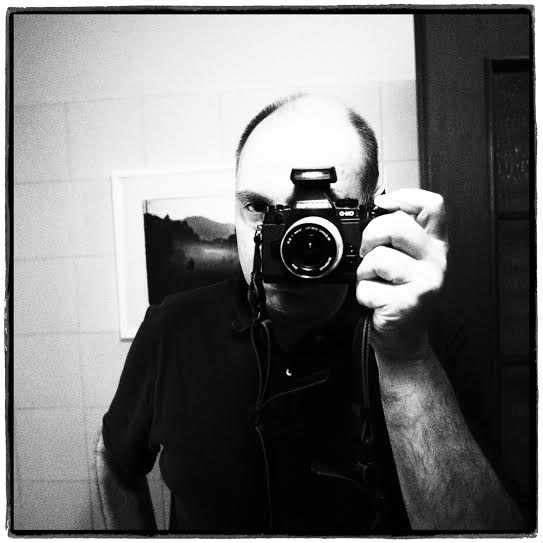
Vittore Buzzi – Olympus OM-D E-M1
The Olympus OM-D E-M1 is the right camera for my needs. Little, light with professional quality and I can have it with me everyday. I do not want big cameras and lenses that are going to separate me from my subjects. I need to touch who or what I’m photographing.
I’ve shot destination weddings. I’ve shot editorial in extreme weather conditions from -40° to +45° (Celsius). I need a camera and a system I can trust. I use the 12mm a lot during both weddings and editorial.
I’m the kind of guy who wants to remain unnoticed so I can work freely and happily because it is my way of taking pictures.
Follow him on Twitter, Facebook and Tumblr!
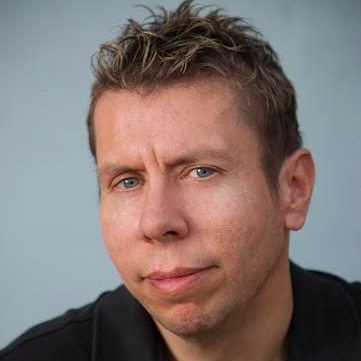
Image © Aaron Brown Photography
Steve Vansak – Olympus OM-D E-M1
I’m a wedding photographer whose home base is Chicago, Northwest Indiana and Michigan. I will also be adding Destination Weddings which is where my switch to the Olympus OM-D E-M1 will really come in handy. I was looking for a compact system with great lens selection, a weather sealed body with professional controls (ISO, white balance, focus selection, etc.) that were a button click away. Essentially, I wanted my DSLR and all of its glorious image quality, but shrunk down in size. I found I got all of this and more.
As any seasoned photographer will tell you, weddings are an endurance test. I have found that since I made the switch, my weddings are just as grueling, but I’m more alert and less tired during the event. I believe this has helped me attain more consistent quality throughout the entire wedding day. My major fear was that clients would reject the smaller look, but that has not happened. I’m very glad I made the switch and it really was seamless with practically no learning curve. If you can shoot a DSLR, you can shoot a mirrorless body. It’s not an alien spaceship, I can promise you that.
Follow him on Twitter, Facebook and Google+!
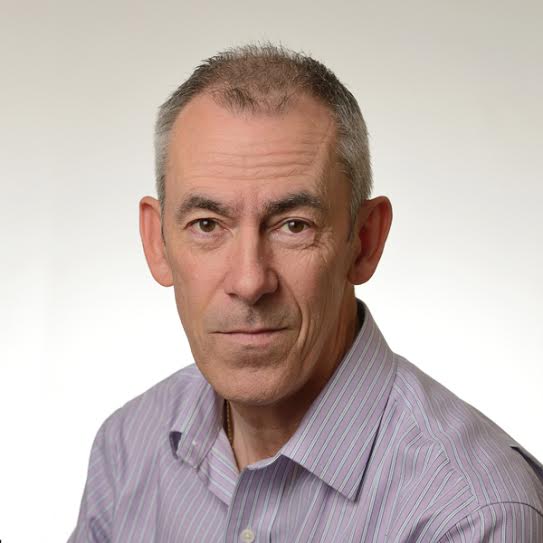
Steve Brill – Fujifilm X-T1
I have been shooting with two Fujifilm X-T1s at weddings for the last few months. I like to use natural light wherever possible, and with an EVF that shows me exactly what I am going to get, it is brilliant. Being a small camera it allows me to blend into the day. People are not as conscious of me being the ‘official photographer’ and they almost treat me like another guest. I love how the X-T1 records the light how my eye sees it. The EVF is amazing, the lenses are fabulous, but the biggest benefit I have found is how quiet and discreet they are. This is a great benefit in a quiet church where the sound of the shutter does not interfere with the proceedings (unlike my Nikon D3’s which could be heard everywhere). At the end of a 12 hour wedding day, I no longer need two days to get over it, because I’m not lugging so much gear around. This little camera really has completely re-sparked my love of photography. and is also now my ‘go to’ camera now for commercial and portrait work. Thank you Fujifilm.
Follow him on Twitter, Facebook and Google+!
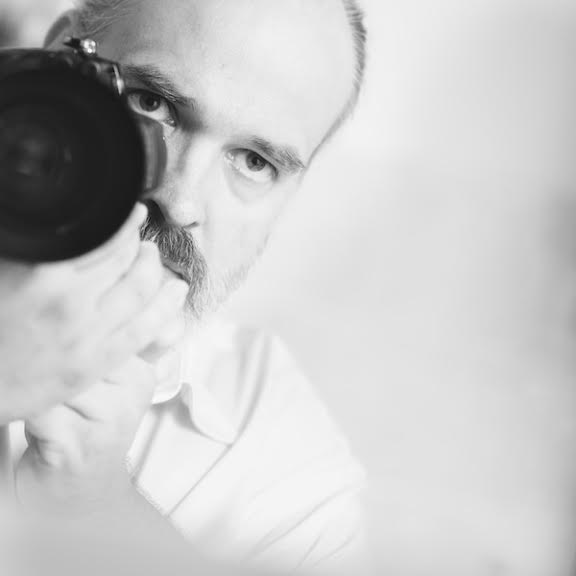
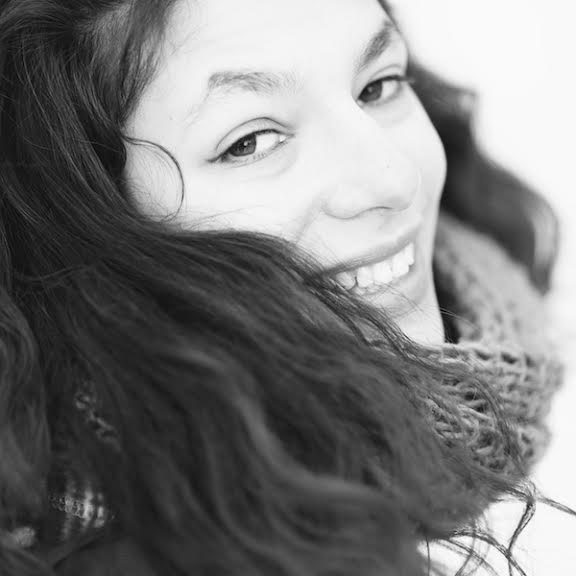
Heiko & Cati Schmidt – Sony A7
Even when our main cameras were Nikons, I supplemented them with the Leica M, because I just love small cameras – they make it so easy to get close to your subject. When the Sony A7 was available I got one and bought two more 2 days later. My wife Cati now uses one Nikon body with a portrait-prime and the Sony A7. For me, the Sony A7, even if it has its flaws, is a great wedding camera, so I use two of them as my workhorses.
They work perfectly in wedding environments because of these features:
– EVF, so I see directly what I am going to get (like flare in extreme light, using prism and free lensing)
– small, light and unobtrusive
– amazing image quality
– contrast AF. When the focus locks, I can be 100% sure the focus is dead on. Something I had huge problems with my Nikon bodies, especially in dark environments or when shooting into the sun.
I also work a lot with off-camera flash. I ordered some new radio-transmitters, where I can change the flash-output from a small transmitter on the camera. With that I will have overcome the last big drawback of the Sonys compared to Nikon. So finally, I will have a full capable mirrorless set-up for my wedding work. Hope Cati gets another Sony soon. Great times.
Happy shooting everyone!
Follow them on Pinterest, Facebook and Google+!
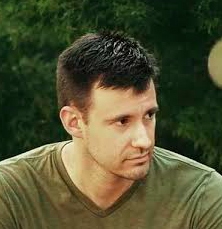
Shaun King – Olympus OM-D E-M1 / Panasonic GH4
After years of photographing weddings with full frame DSLR cameras, I recently reinvented myself using the Olympus OM-D E-M1 and the Panasonic GH4, while my Canon 5D Mark iii collects dust. I’ve been offering PhotoFusion Video and Hybrid Photography to wedding clients ever since the Canon 5D Mark ii was released in 2008. But while Canon has been resting on their large market shares, Olympus and Panasonic have been aggressively innovating.
Many people appreciate the small weight and size of mirrorless cameras, but I use this compact size to my advantage because with smaller camera capture equipment I can now carry more lighting equipment. Some people worry that they are compromising on image quality when they downsize to mirrorless cameras. But in many ways I have seen an increase in wedding image quality because now that my camera gear is so compact and lightweight I can focus on carrying and using more complicated lighting setups.
My wedding clients don’t care about high ISO noise, shallow depth of field, and stiff razor sharp portraiture. My wedding clients want a kind of artistry. They want meaningful background environments more than they want shallow depth of field. They want energetic emotional moments captured more than they want stiff razor sharp portraiture. And they want romantic lighting more than they want clean noise-free images. And lastly, my clients expect to buy 8×10, 11×14, 16×20 print sizes and albums. The taller 4:3 aspect ratio of the Micro Four Thirds standard creates minimal cropping for printing and album-making compared to the 3:2 aspect ratio in traditional DSLR cameras.
These are the lenses I use for wedding day portraiture and they all fit in a small bag together –
M. Zuiko 12-40mm f/2.8 Pro; M. Zuiko 12mm f/2; Leica 15mm f/1.7; Leica 25mm f/1.4; Leica 42.5mm f/1.2; M. Zuiko 75mm f/1.8.
Follow him on Twitter, Facebook and Instagram!
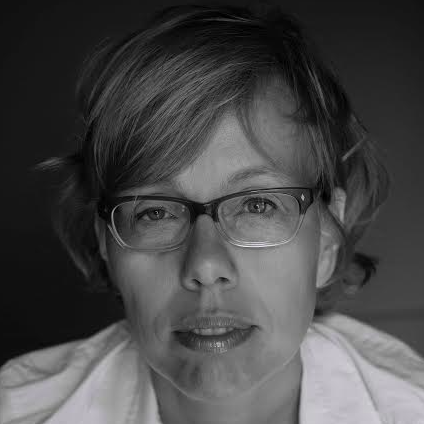
Katrin Küllenberg – Olympus OM-D E-M1
I had started out shooting weddings with a traditional DSLR camera but after the Olympus OM-D E-M1 came out, I gladly switched to the new M43 system and never looked back. As a wedding photographer, working straight 10-16 hour days, the weight of the camera is an important issue. Compared to the traditional big name cameras the weight of the Olympus hardly registers and has given me a new range of possibilities. Wearing a Multi-Camera Harness from HoldFast, I now have two OMDs on me all the time, which means the constant availability of two different prime lenses. It takes just a second to switch from a wide-angled shot to a close-up: one situation – but I get to pick from two different views later when culling my pictures.
The speed of the autofocus and the general quality of the pictures are also excellent and more than sufficient.
I have noticed that with the OMD my couples are feeling more relaxed even when I get close. Due to its size the camera is easier to ignore; during the reception people hardly notice it, helping me to document the wedding with candid and unposed pictures.
Follow her on Facebook!
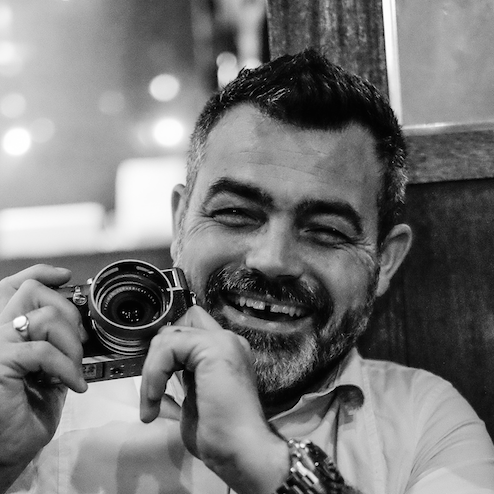
Kevin Mullins – Fujifilm X-T1
I’ve been using the Fujifilm X-T1 ever since I was handed one in Tokyo in February this year. Since then it pretty much hasn’t left my side and has become the main stay of my commercial work as a wedding photographer. In fact, I now have two X-T1s and I usually load one with the amazing XF 56 f1.2 lens and the other with the equally amazing XF 23mm f/1.4 lens. Coupled with an X100S which rides on my hip I have the prefect arsenal for shooting a wedding and I don’t even need to take a bag, let alone lots of other lenses, big cameras, lights, etc. Shooting weddings is now so much easier with the smaller cameras and Fuji knocked it out of the park with the introduction of the X-T1. I have absolutely no need to reach for a DSLR any longer and my back and my wallet thank me for it.
Follow him on Twitter, Facebook and Google+!
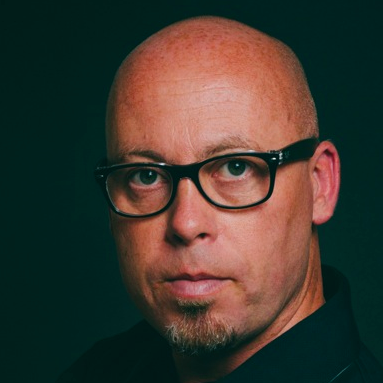
Robert Pugh – Olympus OM-D E-M1
As a wedding photographer working all over the UK and Internationally, my equipment has to be light. When I used DSLR cameras it was a tiring task loading two Nikon D4s and all the lenses into my kit bags, not to mention having them slung over my shoulder for the best part of 12 hours. It got to a point where MFT cameras were getting more and more popular, so temptation got the better of me and I had to give them a try.
After experimenting with the camera for a day I decided to take it along to a wedding as a backup camera. Much to my surprise I shot 80% of the wedding with the Olympus E-M1 and the images it produced were on par to its bulky DSLR rival. I was soon only shooting with the E-M1 for all my weddings and today the Olympus range is the only range of camera I use for all my professional work.
The E-M1 works extremely well for wedding photographers using high ISO up to 3200 in churches. It works perfectly while producing clean images, not to mention how light the equipment is, and that goes a long way when they’re on your shoulders all day.
It was a slow migration to fully using the Olympus E-M1 as my main camera, but that was only down to the cost of selling off my DSLR kit fully first so it wasn’t sat in storage awaiting a place in a museum. I can honestly say I would never go back to a DSLR camera.
Follow him on Twitter, Facebook and Google+!
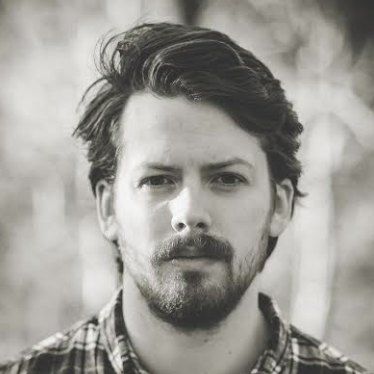
Colin Nicholls – Fujfilm X-E2 / X100
As a documentary wedding photographer using the Fuji X system, I am always asked which camera I am using when at weddings. People are used to seeing the backbreaking bulk of a 70-200 on a DSLR and sometimes wonder: what’s going on?
I love to talk about these cameras and find that at weddings they do make a great conversation point. I’m always asked if I’m shooting film and it takes most people a while to realise I’m the official photographer. This coupled with the Fuji’s small size allows me to remain inconspicuous and subtle when shooting which goes hand in hand with the documentary style incredibly well. Some people complain about the autofocus on the X cameras and while they aren’t super speedy if you anticipate the moment and take a little time they are more than good enough. I’ve recently made the jump from X-E1 to the X-E2 and can see a notably snappy difference which is yet another great sign Fuji are constantly improving their gear and listening to their customers.
For me mirrorless is now the only way I would shoot. The image quality is equal if not better than some DSLRs on the market, the glass Fuji make is incredible and the speed of the cameras is again something that has most DSLRs beat, not to mention the features such as the EVF [which is like night vision in the dark] live preview of exposure and film simulation as well as the leaf shutter of the X100 that the standard DSLR just doesn’t [and won’t] have.
Follow him on Twitter, Facebook and Google+!
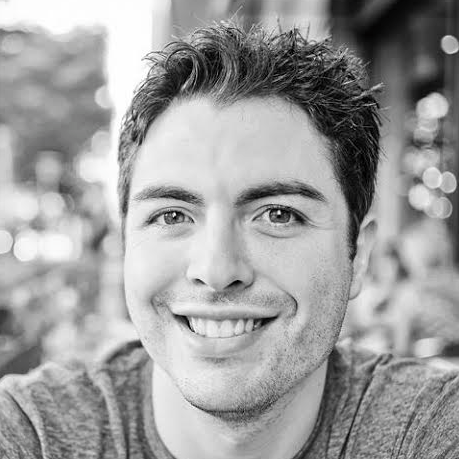
Jesse James – Fujfilm X-E2
I am a wedding photographer based out of the Niagara region of Ontario. I have been shooting weddings since 2008.
Last year I began using the Fujifilm X-E2 as my 2nd camera body at weddings. Before I would use two heavy DSLRs and be exhausted by the end of the day. The natural draw of the Fuji X-E2 was how compact and light it is. I also enjoy that it has forced me to slow down and think my shots out more, which has lead to better compositions for me. The speed is there though when I need it, and I have found the autofocus to be more then adequate when outside and I need to track a bride and groom.
The camera and lens system has exceeded all of my expectations. In my opinion the Fuji has the best skin tones of any camera I have used. The dynamic range is fantastic and I am in love with how sharp it is. The ISO performance is great as well.
Although I classify the Fuji X-E2 as my 2nd camera, I have found that when it comes to portraits of the bride and groom it is the camera I use for 90% of my work. And I use it almost exclusively when shooting engagement sessions or personal work.
I have had people ask what kind of camera I have when they first see me take it out, and after they see the results they are in love with the images the Fuji produces.
Follow him on Twitter, Facebook and Google+!

Bryan Caporicci – Fujfilm X-T1
In October 2013, I attended a workshop with world-renowned photographer David Beckstead where he taught his vision for light, shadows and composition. What inspired me the most though was David’s approach with his Fuji X-E1, and how it forced him to be purposeful, intentional and slow down. From the moment I looked through the electronic viewfinder (EVF) of that Fuji camera, I was hooked!
Fast forward to today, and I am now shooting 60% of my weddings with my Fuji mirrorless camera, and 100% of my personal work with it. I am a proud Fuji X-Photographer, and have since spoken on behalf of Fuji Canada for Henry’s, Vistek and Professional Photographers of Canada.
There are 10 reasons that I love shooting with a mirrorless camera:
1. Intentional and purposeful photography
2. More thoughtful photography
3. Seeing light, tone and mood
4. Saves time – especially nice on a wedding day!
5. Low-profile presence
6. Lighter and smaller – saves my back at a wedding!
7. Being a part of the picture-making process
8. Improved autofocus
9. Easier AF refinement – great for macro shots.
10. More intimate subject engagement
I outline these 10 reasons in more detail in a recent article I wrote for Digital-Photography-School. I strongly believe that mirrorless photography is the way of the future, and I even wrote an article on my educational website SproutingPhotographer.com all about it. I am in the process of writing my first book with Amherst Media, all about mirrorless photography and the importance of intentional creation. If you’d like to join in the discussion around that book and help me shape *the* book on mirrorless photography, I’d love to have you.
Follow him on Twitter, Facebook and Google+!
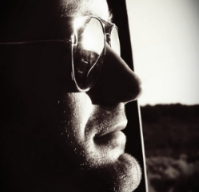
Brock Best – Olympus OM-D E-M1
I am a professional wedding, commercial, and family portrait photographer based in Salt Lake City, Utah. I started working in the photo industry when I was 16 years old but photography has been my outlet and passion for as long as I can remember.
I was turned on to mirrorless cameras after receiving three cameras in a row with back focus issues from one of the largest camera makers. I will never forget the first time I held my OM-D E-M5 in my hand and was immediately transported back to my film camera days. It reminded me of my 35mm Ricoh and I was in heaven. It just felt right and wow did it look good. Not only did it look good but the images were some of the sharpest I had ever seen from any camera.
I have owned about every Olympus mirrorless camera and my collection was topped off with the Olympus OM-D E-M1. These cameras allowed me to get over the “you must have a large camera to be respected” ideology and they have started more conversations than I can count. I constantly hear, “but don’t you have to have full frame for what you do?” The answer is no, and these cameras also helped me to overcome sensor envy. The unbelievably positive reactions from my clients speak for themselves.
I am now dabbling in the Fuji X System, and while no Fuji Camera I own can match the E-M1’s overall performance, the Fuji sensors produce a clarity in low light situations that has to be seen to be believed. Mirrorless truly is the revolution. Do not be afraid to shoot these cameras professionally. They have changed the way I work and they force you to think more with the film side of your brain. Enjoy your mirrorless camera and the conversations it will start.
Happy Shooting!
Follow him on LinkedIn and Facebook!
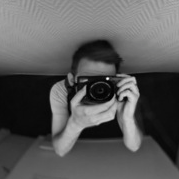
Matthew Wilkinson – Fujfilm X-T1 / X-Pro1
Being a documentary wedding photographer it’s very important to be discreet and to a certain extent, invisible to the bride, groom and their guests. Blending into the wedding is critical and allows me to capture the real emotions and stories of the day, without influencing reactions. For me, this is where the Fuji X series really shines….they’re small, compact, lightweight and more crucially, discrete, which facilitates my approach and workflow. From a functionality perspective, the buttons and dials are well positioned (especially on the Fujifilm X-T1), so I can adjust settings easily without having to take my eye off events unfolding before me.
Performance and IQ wise is where I believe this camera shines, especially considering the price. I rarely use flash, so I need a camera which can still deliver high quality images at high ISO – The X-T1 delivers in this department too. I also rarely shoot in RAW anymore as the JPEG results are amazing, which means less editing and also saves me using so much hard drive space.
I first purchased an x100 when they were released and even with the flaws, it was a great camera. Fuji have listened to the users and adapted their models and as a result I continue to be impressed with each release.
I currently only use the X-Pro 1 and the X-T1 as for me they are perfect tools for the job. They’ve also changed the way I shoot and helped me grow as a photographer.
Follow him on Twitter, Facebook and Instagram!

David and Joanna Green – Fujifilm X100s
David and Joanna Green are “Big Day Weddings” London Time Out Wedding photographers, working in and around the capital.
At the moment we shoot over forty weddings a year mainly in London, but also in destination venues such as St Tropez. Although we have been DSLR shooters for ten years straight we have started carrying the Fujifilm X100s in our kit bags wherever we go. It is our favourite walkabout camera when we are not professionally shooting, and we’ve learned to love it’s convenience and image quality, both for the 23 mm prime lens and the X-trans sensor. So much so that we use it at pretty much every wedding now. It is so discreet (apart from the fact it’s too pretty!) and it does not intimidate guests for candid shots. From the relentless sunshine of the south of France to dark and rainy days in London it’s handled everything we have thrown at it with ease. We are waiting eagerly to see what the X-Pro2 might bring, and whether we can incorporate that into our wedding shooting and wave some of our Canon DSLR stuff goodbye via eBay!
Follow them on Twitter, Facebook and Google+!
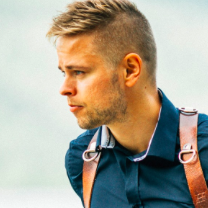
Jakob Granqvist – Sony A7
Last year, I decided to pick up one of the first copies sold of the Sony A7. At a first glance, it seemed like the perfect camera for me. Having used it for a while now, I’ve come to the conclusion that it’s not perfect (yet), but a great complement to my DSLR bodies for my wedding photography work. I use the A7 at weddings with a manual Leica or Minolta Rokkor lens if I want a different kind of look to my images than what I’m getting from my Nikon DSLRs, but mainly I carry the A7 around when I travel for weddings or when I want to capture something without bringing my bulky bodies. Quality wise, I find the Sony A7 to be basically as good as my DSLRs. Handling wise, it’s not quite there yet, but I’m confident Sony will get there eventually and I’m excited about the quality of small, mirrorless digital cameras these days.
Follow him on Twitter, Facebook, Instagram and Google+!
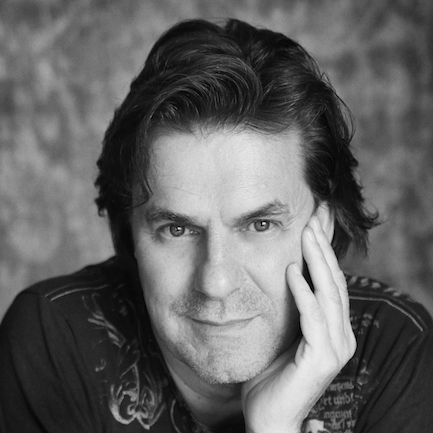
William Innes – Panasonic GH4
Using my Panasonic Lumix GH4 to photograph weddings has offered me a new-found freedom. The size and weight of the camera, being about half that of a traditional DSLR camera, allows me to carry additional equipment on my person. I have immediate access to more lenses and therefore have many options when creating. I am not limited to carrying just two additional lenses in my shoulder bag. Now I can have four or five with me. Smaller and lighter is a good thing.
Another great feature of the Lumix GH4 is its 4K video capabilities. I love shooting small video clips and then using Photoshop or Lightroom to pull still images to use in albums or slide shows.
Follow him on Twitter, Facebook and Instagram!

Vincent Opoku – Fujifilm X-Pro1 / X100s
I am a creative, contemporary, wedding story-teller. London is home for now and I am currently suffering from wanderlust. I shoot with two X-Pro1s and an X100s.
I have been using these Fujis for over a year now and it has been a fun ride. At weddings it’s usually a combination of an X-Pro1 with the 35mm f/1.4 lens and my X100S with its fixed 23mm f/2 lens. The form factor of these cameras gives me freedom; the freedom easily move around where and when I want.
I can have one body around my neck and the other body on my shoulders yet feel no pain at the end of a 10 hour+ wedding day. Now if the image quality of these cameras were not brilliant, then the trade off wouldn’t be worth it, but they are capable of some stunning images. In fact I think my best work has been created within these last 16 months, the same period that I have been shooting with these Fujis.
With regards to the wanderlust that I am suffering from, the X100S is all I take for my personal travels. Whenever I go away, it’s for the culture, experience, food etc and never for photography, so I don’t ever want to feel like a photographer. I just want to have fun and if I am able to capture some of that experience in photos then great! And this is where the X100S is brilliant, I can usually have it in my pocket and only bring it out when I feel the need to. It’s a brilliant travel camera, it makes little noise, people ignore me and I am able to see and capture the world at one fixed focal length.
Follow him on Twitter, Facebook and Instagram!
Want to find out more about the mirrorless cameras mentioned on this list? Check out our list of the best mirrorless cameras for professionals!
You can also check out the following articles:
